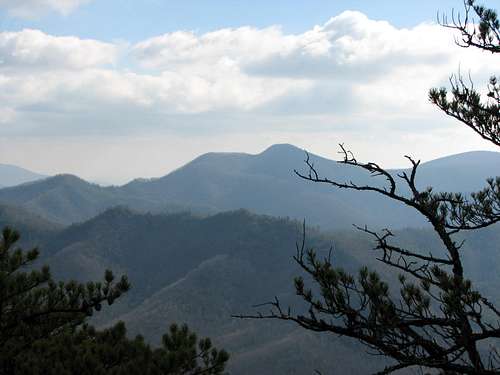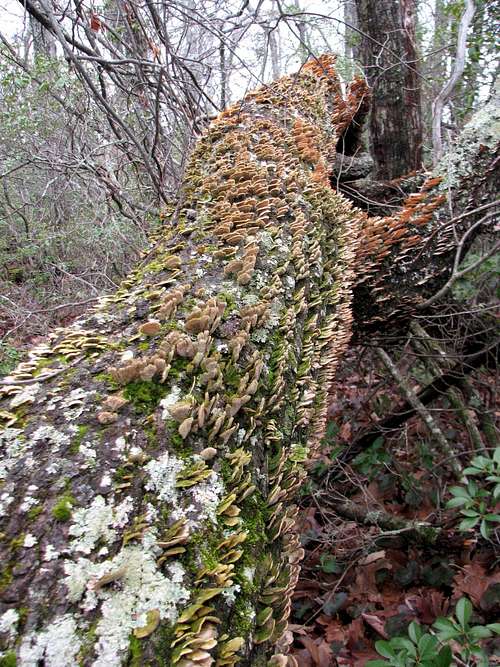|
|
Mountain/Rock |
|---|---|
|
|
35.70494°N / 82.21704°W |
|
|
Hiking |
|
|
Spring, Summer, Fall, Winter |
|
|
4300 ft / 1311 m |
|
|
Overview
One of the first things you notice when you start hiking the Southern Appalachians is that mountain names are repeated widely over the range. In fact, it’s not unusual to encounter different peaks with the exact same name within a few miles of one another. Go to Topozone and type in something like “Pine Mountain” or “Blackrock Mountain”, etc. It can get terribly confusing.One peak that was not particularly on my list to bag, but which was part of a longer hike on the way to nab one that was, happened to be Laurel Knob. Now, there are quite a number of peaks with that name all around not only the Carolinas, but just about every other southern state. This particular Laurel Knob lies in close proximity to the Blue Ridge Parkway (so do others, it seems), and is home to a sub-peak known as “Snooks Nose”. Now, that one is a rarity, so this is how I will differentiate this Laurel Knob from so many of the others.
Laurel Knob itself is a relatively nondescript peak of vaguely pyramidal shape that rises up between the free-standing mass of Mackey Mountain and the Blue Ridge Parkway. It’s quite steep on the eastern side and drops precipitously into various rugged watersheds. It’s also the western boundary for the roadless Mackey Mountain Backcountry, and would be notable for this alone.
However, there is another reason for making this Laurel Knob unique among nearby peaks. It is home to some extremely impressive stands of old growth forests. There are important groves of very old chestnut oaks on its slopes, and both Eastern and Carolina hemlocks (which will, alas, soon all be gone). But the poplar groves are especially notable on the steep slopes of Laurel Knob, and the largest known poplar tree within the entirety of the Pisgah National Forest grows here—a specimen that is a whopping 18 feet in circumference and well over 120 feet in height.
I was fortunate enough to be able to hike to the summit of Laurel Knob and beyond, walking as I did from the Curtis Creek Campground at 1800 to the summit of a nearby 5,000-footer, thus hiking from early Spring into late Winter in the process, and getting an education into why it’s always wise to carry some extra clothing on a hike into the southern high country in March.
Getting There
From Old Fort, NC, take State Rt. 70 east 0.2 miles to campgroundsign (Curtis Creek Rd./State Rt. 1227). Turn left onto Curtis
Creek Rd. and go 4.7 miles to campground. The Snooks Nose Trail starts directly across the road from the campground.
Red Tape
None.Camping
National Forest camping in the backcountry is free. The Curtis Creek Campground has sites that vary from free to $10 per night.
External Links
Old Growth ReportMackey Mountain Roadless Area
Curtis Creek Area






